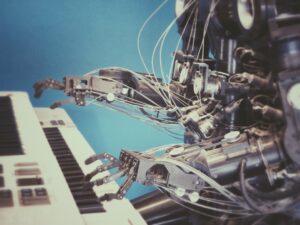Artificial intelligence has permeated various aspects of our daily lives, often subtly. It is used in everything from personal technology to social media platforms and ride-sharing to customer service. Applications of AI are constantly expanding. As AI technology continues to evolve, its presence in our lives is likely to become even more visible and impactful across various domains. Just like building a chess playing robot with arms, eyes, and a control center, AI needs different Elements, lets take a look at what makes up an Artificial Intelligence System.
Data
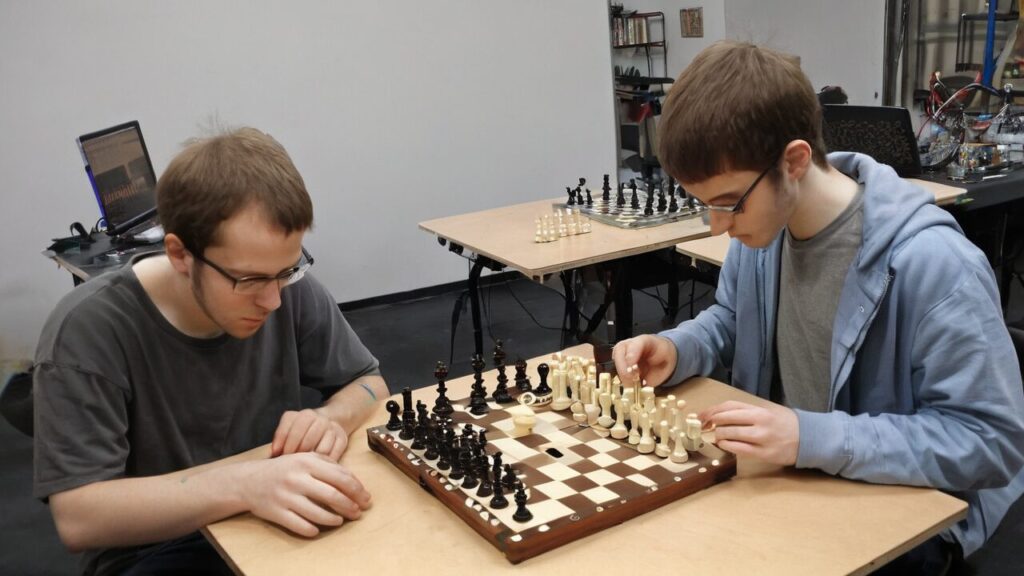
This is the robot’s training ground. It needs tons of chess games (data) to learn the patterns and strategies involved. Just like you learn from experience, the robot learns from the data. Artificial intelligence (AI) can utilize a wide variety of data depending on the specific application and its intended purpose. There are different data types used in AI. There is Structured Data such as tables and spreadsheets. This type of data is highly organized and follows a predefined format, making it easily processable by machines.
There is also Unstructured Data which is not organized in a predefined format and requires additional processing to be usable by AI models. This type of data includes such things as text, images, audio and video.
Then you have Semi-structured Data. This type of data falls somewhere between structured and unstructured. It has some internal organization but doesn’t conform to a strict schema such as XML, JSON or traditional log files.
Finally, you can have external data such as Sensors, such as temperature and movement or Network traffic or even Geographical Data and much more.
The specific data used by AI models depends on the problem they are trying to solve. If you are trying to do image recognition it would use images. If you are trying to detect Fraud you would need financial transactions and analysis.
It’s very important to note that the quality and quantity of data significantly impacts the performance of AI models. Having access to large, diverse, and high-quality data is crucial for training effective and reliable AI systems.
Algorithms
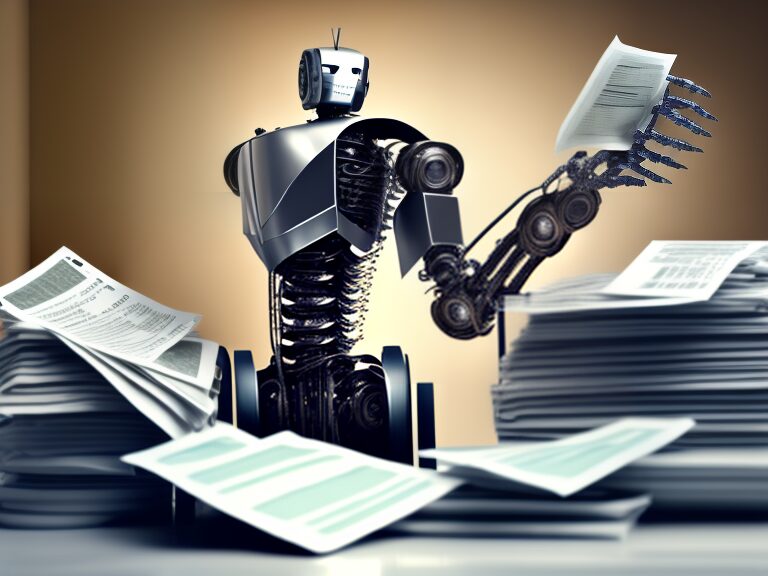
These are the robot’s “thinking” tools. They analyze the The chess game movements (Data) and identify the patterns that lead to winning moves. It’s like the robot is figuring out the “rules” of chess based on the examples it’s seen. Artificial intelligence (AI) utilizes a wide range of algorithms to achieve various tasks and functions.
You may have heard of terms such as Machine Learning Algorithms. Machine learning uses techniques such as supervised Learning. These algorithms learn from labeled data, where each data point has a corresponding label or desired output. They aim to learn a mapping function from the input data to the desired output. Another machine learning technique is to use unsupervised learning. These algorithms learn patterns from unlabeled data, where the data points do not have predefined labels. They aim to uncover hidden structures or relationships within the data.
Other types are Reinforcement Learning. These algorithms learn through trial and error interactions with an environment. They receive rewards or penalties for their actions and strive to learn optimal behavior to maximize their rewards.
There are also Deep Learning Algorithms such as Deep Neural Networks. These are inspired by the structure and function of the human brain, with interconnected layers of artificial neurons. They can learn complex patterns from large amounts of data, often achieving high performance in various tasks. Most people are now noticing AI the most because of Convolutional Neural Networks (CNNs) for image recognition, Recurrent Neural Networks (RNNs) for sequence data like text or speech, Generative Adversarial Networks (GANs) for creating new data or mimicking existing data distributions.
The choice of algorithm depends on various factors, including the nature of the problem, the type of data available, and the desired outcome. Often, different algorithms are combined or adapted to create more powerful and versatile AI systems.
It’s important to remember that AI is a rapidly evolving field, and new algorithms and techniques are constantly being developed and explored. The future of AI will likely see even more diverse and sophisticated algorithms emerge, pushing the boundaries of what machines can learn and accomplish.
Computing Power
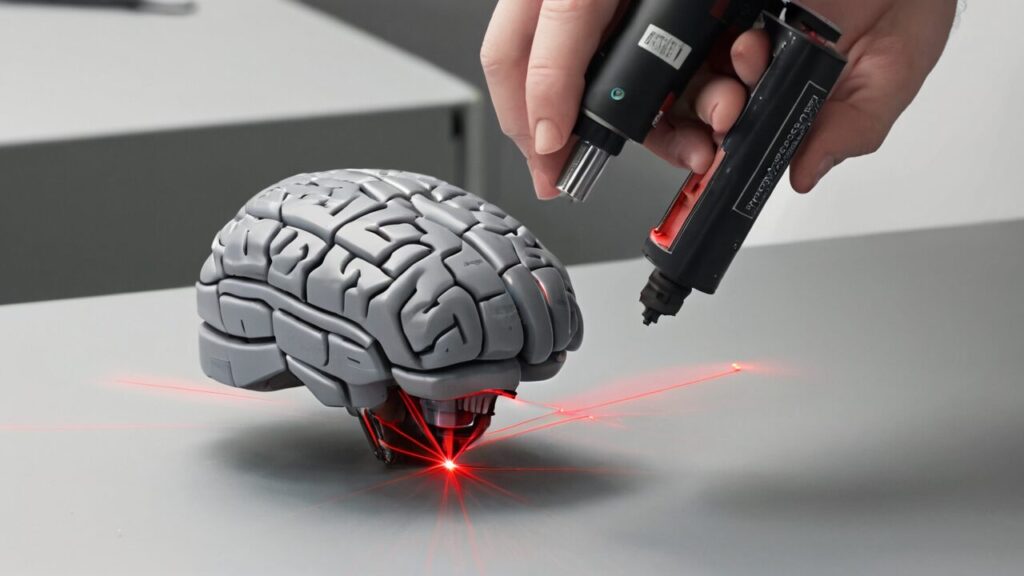
This is the robot’s brainpower. To finalize the chess analogy, this is how well it will be able to play the game. It needs the ability to process all that data and run the algorithms to make decisions (choose moves) quickly. The more complex the game, the more brainpower it needs.
Artificial intelligence (AI) relies heavily on significant computing power to function effectively. The specific type and amount of power needed vary greatly. This computing power usually is handled by traditional CPU’s or GPU’s or TPU’s which stands for Tensor Processing Units. One other way to process AI is with FPGA’s which are Field-Programmable Gate Arrays. These are flexible hardware components that can be customized for specific tasks. They offer lower power consumption than CPUs or GPUs but require specialized programming expertise. When discussing processing you can also be limited by traditional computer parts such as memory, storage and access to cloud computing.
Machine learning, especially deep learning, requires significant computational resources due to the complex calculations involved in training and running models. These models often have millions or even billions of parameters, necessitating substantial processing power to analyze data and learn patterns. Other forms of AI, like rule-based systems, might have lower computational demands. They rely on pre-defined rules and logic structures, requiring less processing power for execution.
Larger datasets and more complex data types, like images or video, necessitate greater computing power compared to smaller datasets or simpler data formats like text. Tasks requiring real-time processing, such as autonomous vehicles or speech recognition, often demand high-performance computing to handle the continuous stream of data and provide timely responses.
Tasks like scientific simulations or large-scale image classification might benefit from distributed computing resources like cloud platforms to leverage the combined processing power of multiple machines.
AI Chess
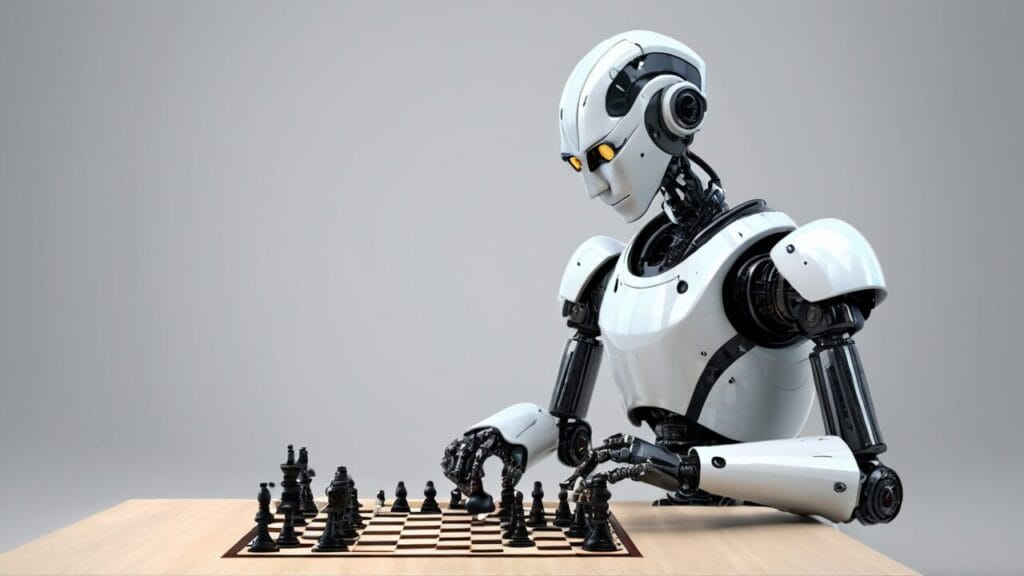
So, these are the core elements of AI: data, algorithms, and computing power. They work together to enable AI systems to learn from data, identify patterns, and make intelligent decisions.
Of course, AI is a vast field, and there are many other aspects to it, but these three elements provide a good foundation for understanding how AI works in general, much like understanding the basic rules of chess empowers you to appreciate the diverse strategies and complexities of the game. If you would like to build your own AI system using google you can click here.
Checkout more AI stories on AIThttps://aitv.media/ai-changing-television/V.media.


